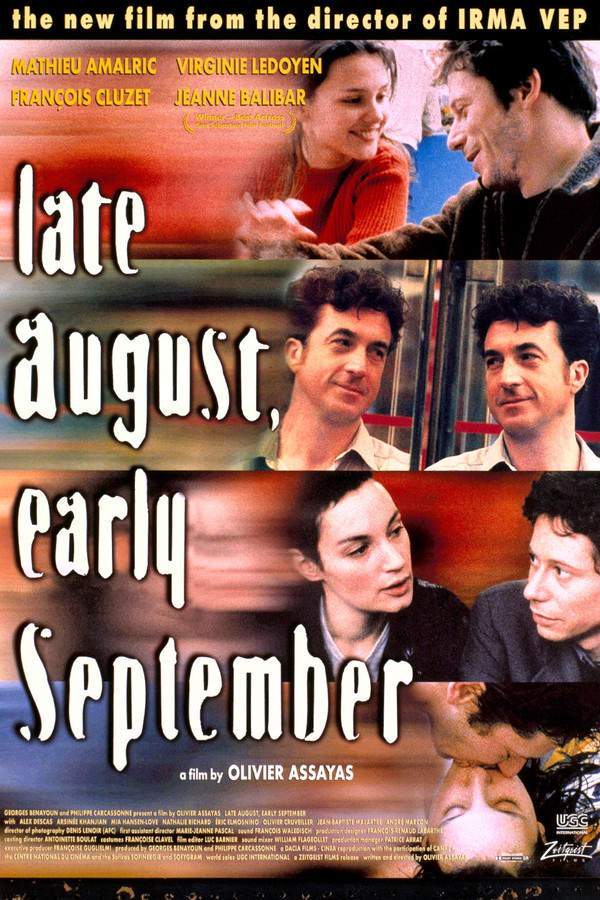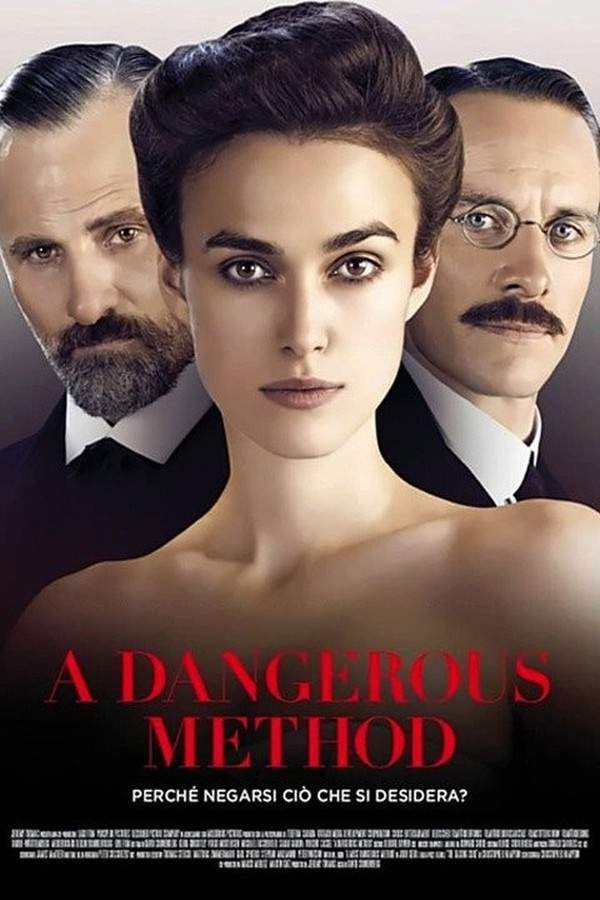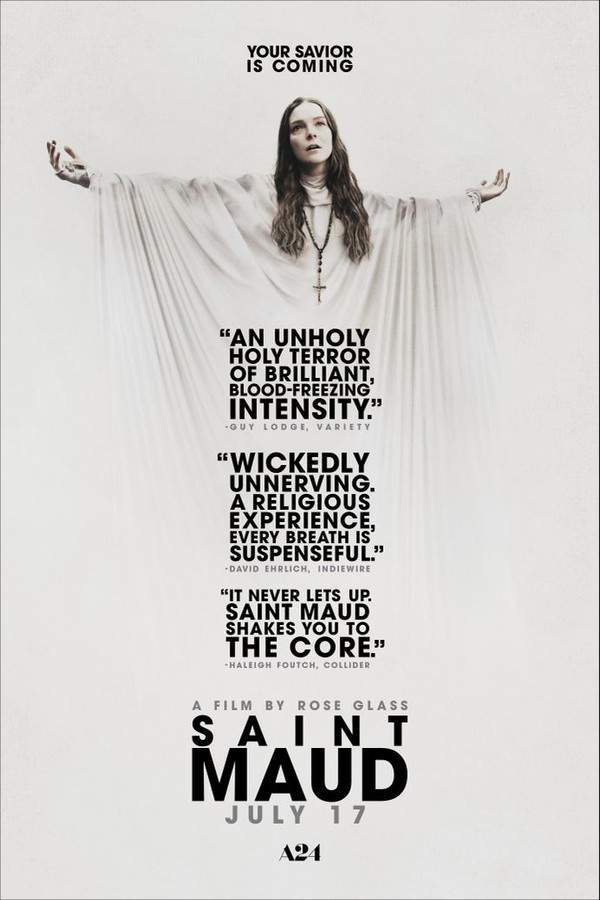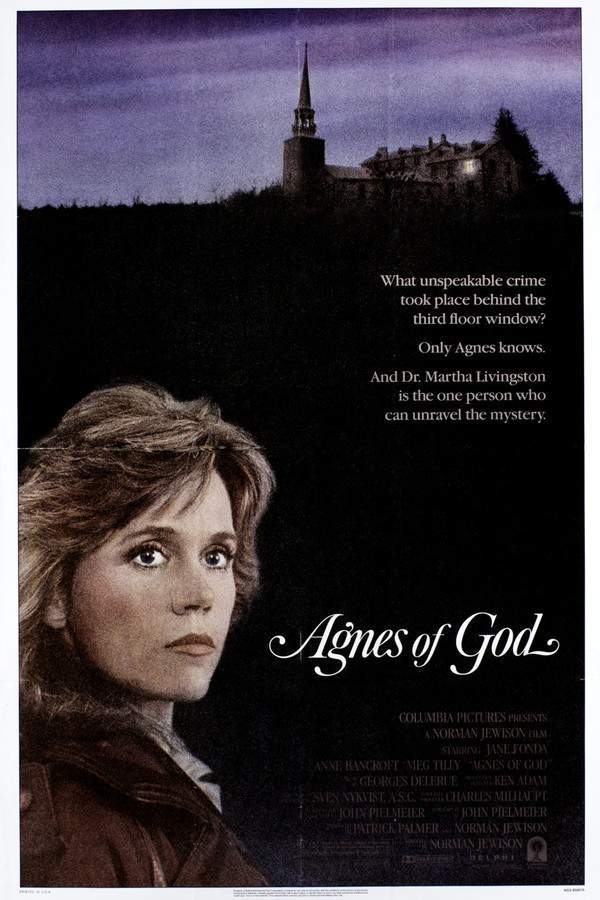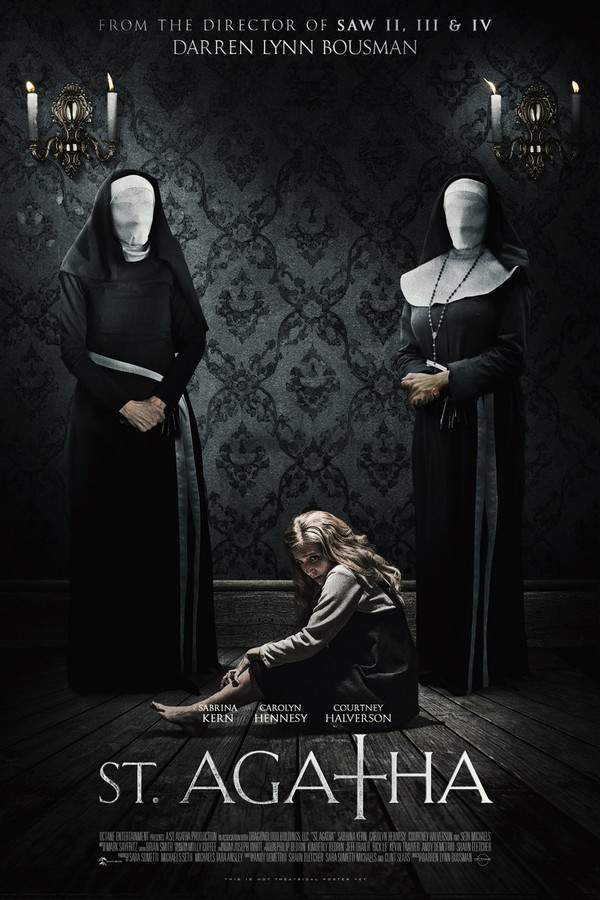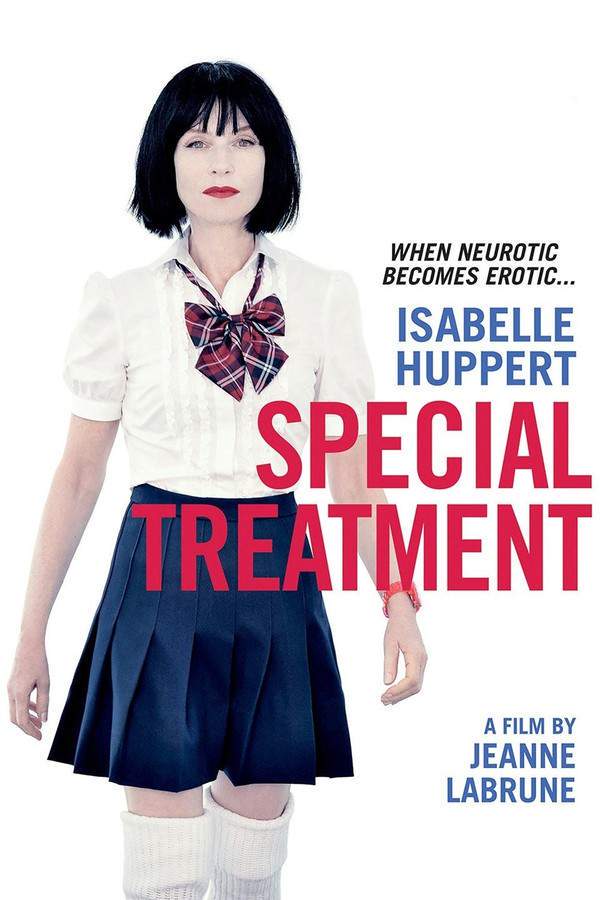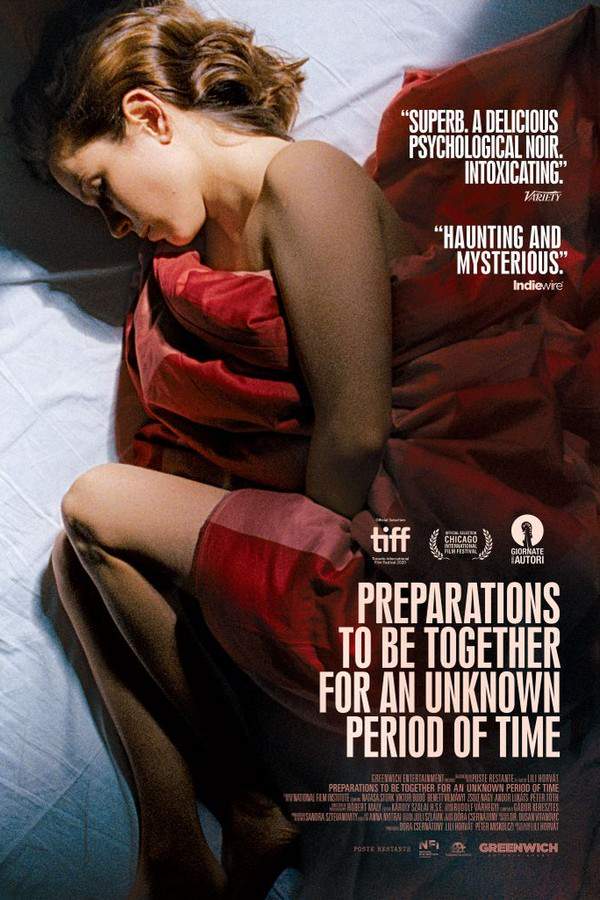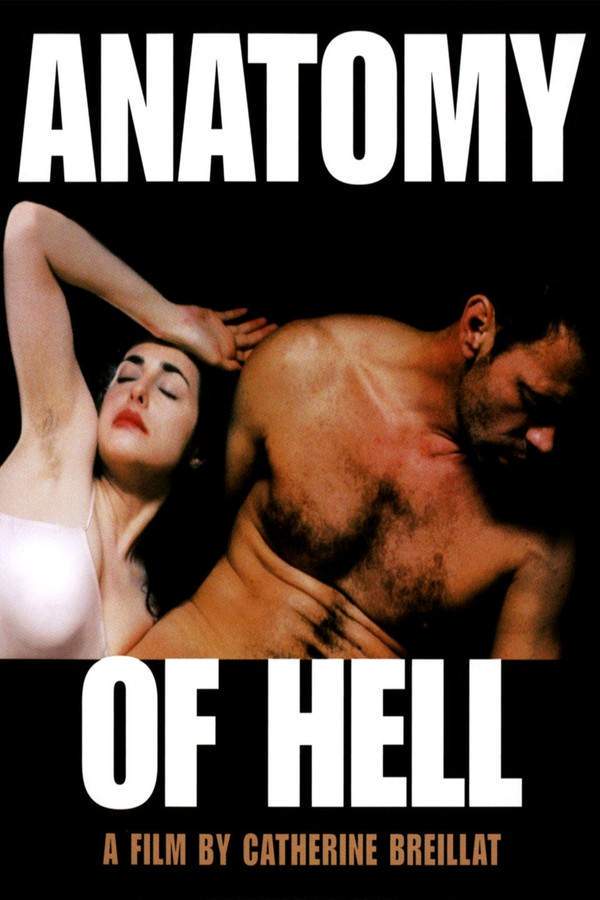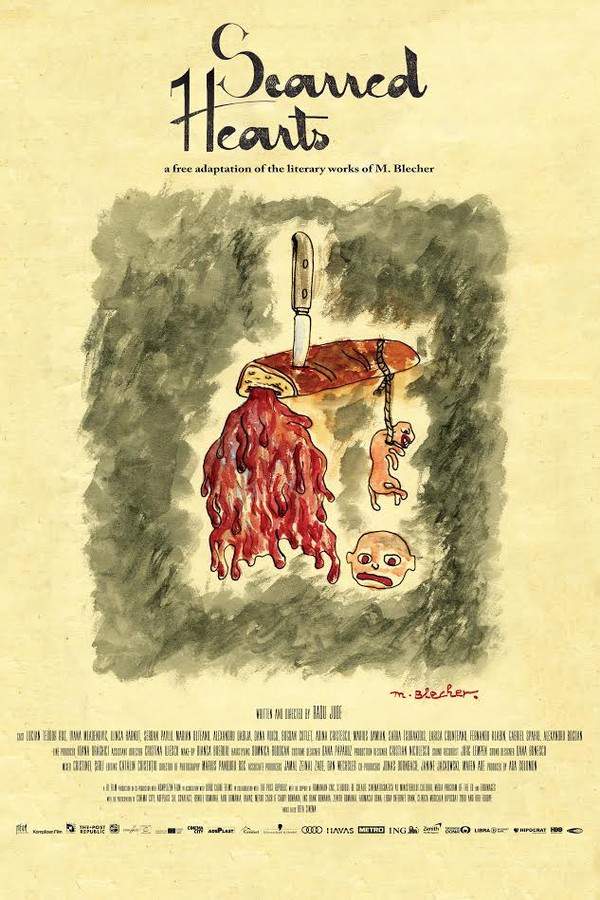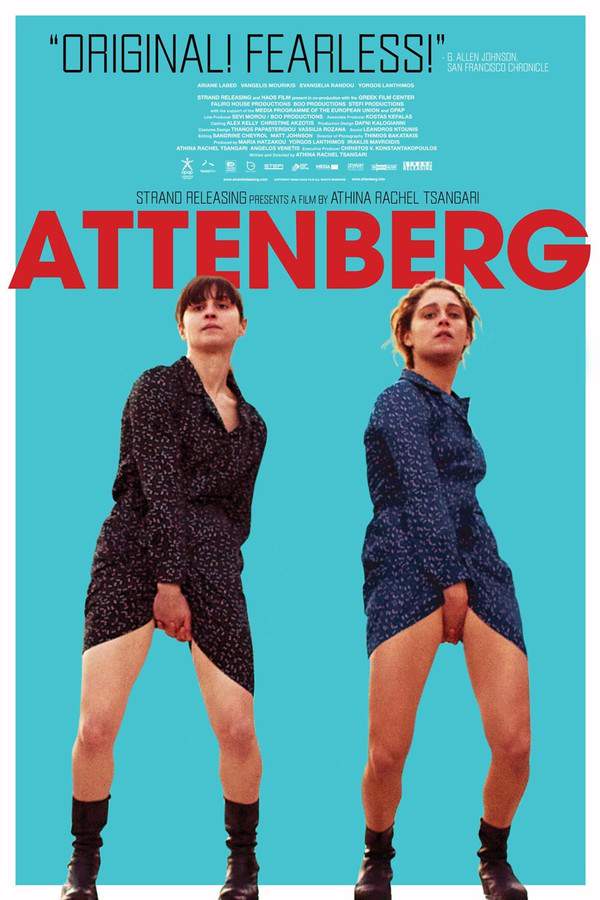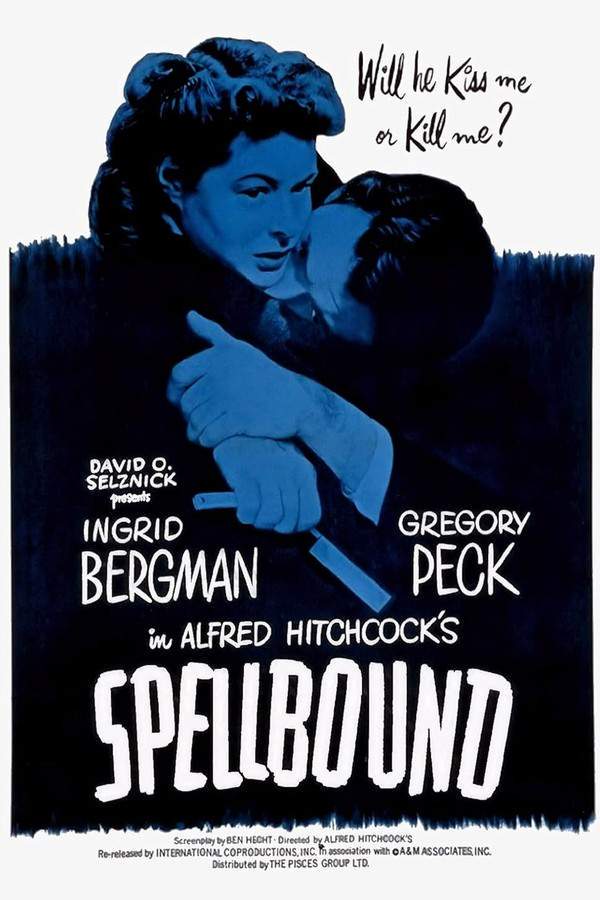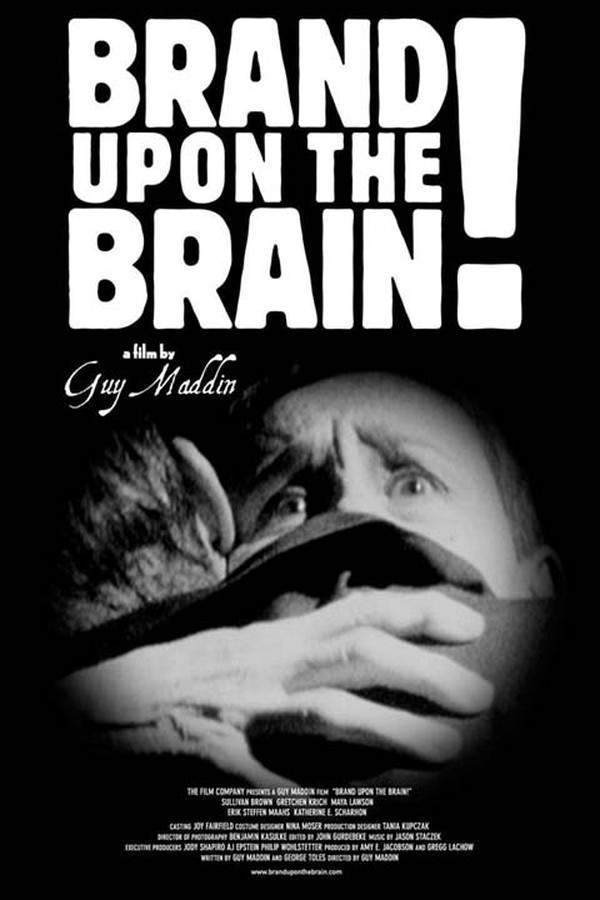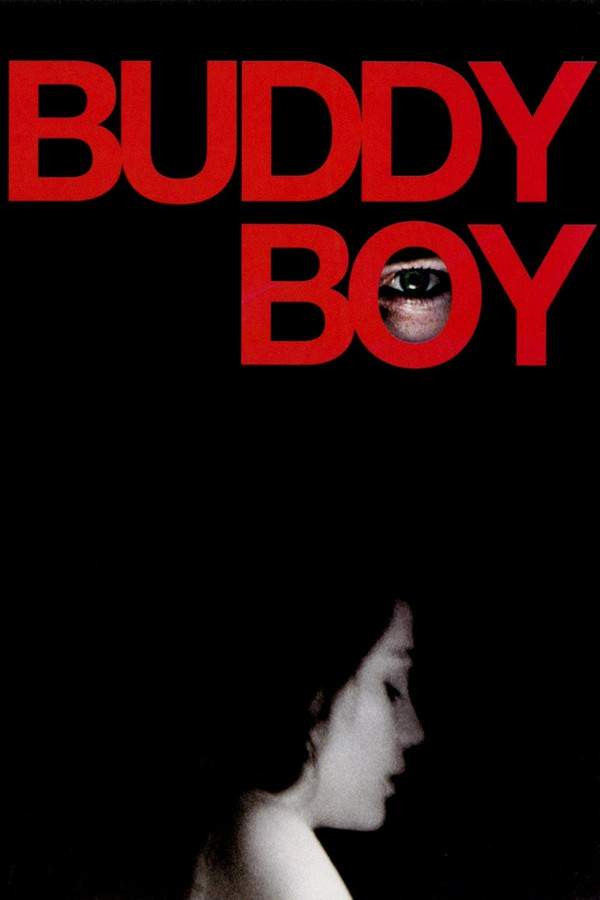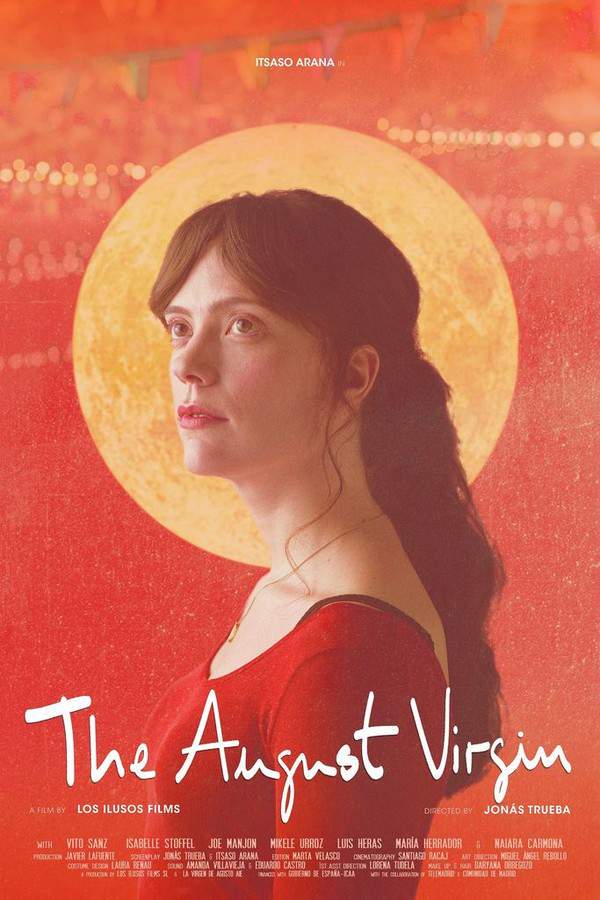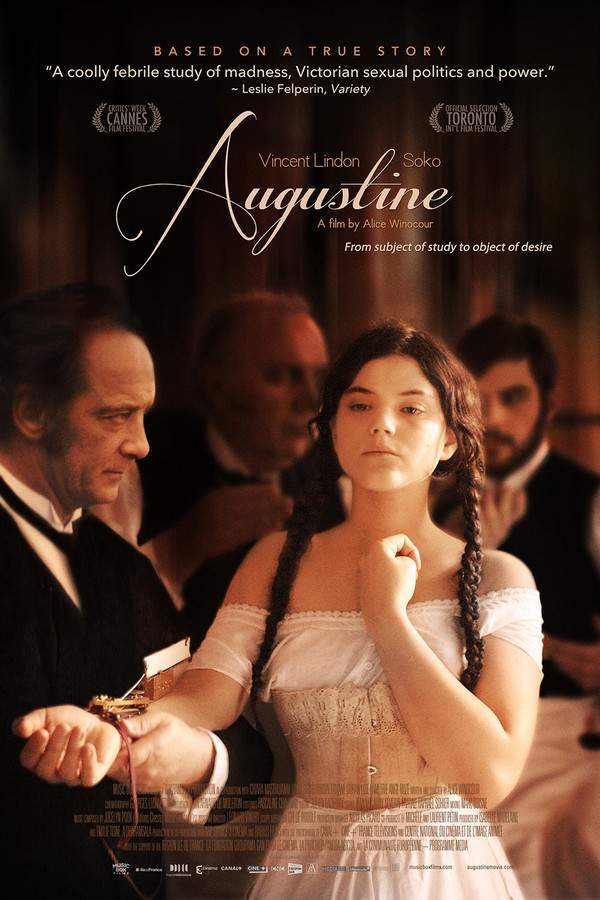
Augustine
Year: 2013
Runtime: 102 min
Language: French
Director: Alice Winocour
A young kitchen maid, Augustine, experiences a sudden seizure that leaves her paralyzed, disrupting her life. She is then sent to an all-female psychiatric hospital where she comes under the intense scrutiny of the celebrated neurologist Dr. Charcot. He becomes fascinated by her unusual physical reactions and hypnotic displays. As their professional relationship evolves, Augustine's experiences trigger a profound and transformative journey for both her and the doctor, blurring the lines between patient and observer.
Warning: spoilers below!
Haven’t seen Augustine yet? This summary contains major spoilers. Bookmark the page, watch the movie, and come back for the full breakdown. If you're ready, scroll on and relive the story!
Augustine (2013) – Full Plot Summary & Ending Explained
Read the complete plot breakdown of Augustine (2013), including all key story events, major twists, and the ending explained in detail. Discover what really happened—and what it all means.
In a bustling dinner service, a kitchen maid named Augustine suddenly experiences numbness in her hands and then a violent fit that leaves her partially paralyzed, including losing feeling on one side of her body and even a moment where a seizure seems to steal her sight. Her condition lands her in a hospital where the famed French neurologist Jean-Martin Charcot becomes determined to understand what ails her. He witnesses seizures firsthand and confirms that Augustine’s body has matured, yet she shows no sensation where most people would expect it, a discrepancy that both unsettles and fascinates the medical staff watching closely.
Charcot sees Augustine as a crucial case, a potential gateway to funding and legitimacy for his research. He orchestrates a dramatic demonstration in front of a roomful of doctors, hypnotizing Augustine and provoking a staged fit that culminates in an orgasm before she collapses. The spectacle earns enthusiastic approval from the audience, and Charcot secures permission to work with Augustine more closely. From that point, Augustine is given her own room in the hospital, and Charcot devotes himself to her examination and care, guiding the process with clinical precision while also revealing a more intimate side as their professional boundaries blur.
Several medical episodes deepen the tension and complexity of their relationship. While a fellow patient beheads a chicken, Augustine feels faint at the sight of blood; when she regains consciousness, she opens her eyes fully again but continues to lack sensation on one side. Not long after, Augustine begins to menstruate, a sign of her sexual and physiological development continuing on its own terms. Charcot, intent on advancing his work, departs for a conference in Bordeaux, leaving Augustine under tighter control. When she cannot see him, she has another seizure and is confined to her room, cut off from asylum routines and support. He returns to discover she is resisting nourishment, and he feeds her himself, insisting that she eat if she hopes to be well enough for his treatment.
As time passes, the dynamic between them grows increasingly fraught. Charcot finds himself drawn to Augustine in a way that crosses the line from physician to observer to something more intimate, even slipping into her room at night to observe her as she sleeps. Augustine, in turn, feels trapped by the dependence and the pressure to be cured on Charcot’s terms. She longs for freedom and for the chance to leave the hospital and seek work, but Charcot promises to help her once her condition improves, keeping her tethered to his program and his attention.
The plan to present Augustine to the medical academy reaches a pivotal moment. Preparations for the lecture begin, and Augustine is readied for the stage. Yet she escapes, tumbles down a flight of stairs, and hits her head, a fall that paradoxically awakens sensation in her body. Charcot attempts to hypnotize her again to induce a seizure for the lecture, but the performance falters; Augustine leans in and whispers that she is cured, flexing her hand to prove the point. In the room’s hush, Charcot concedes that some experiments might be better left in the lab, not in public demonstration.
A shift occurs as Augustine, after leaving Charcot’s office, returns to the corridor’s echo of success. The lecture proceeds with the audience captivated, their interest translating into potential financial backing for Charcot’s work. But the immediate triumph is undercut by Augustine’s decision to withdraw from the physician’s grip. After an intimate encounter in a moment of private vulnerability, Charcot continues to bask in professional acclaim as the crowd applauds outside. Yet Augustine’s escape becomes the closing image: she slips down the stairs and bolts from the sanatorium, choosing a path toward unknown freedom rather than the measured pace of a cure.
Throughout, the film balances clinical examination with a haunting psychological arc, exploring power, consent, and the uneasy line between care and control. Augustine’s struggle for autonomy against a medical system that treats her as both subject and instrument remains the beating core of the story, even as the relationship with Charcot reveals a troubling mix of fascination, dependency, and domination. The narrative leaves us with questions about who truly benefits from medical curiosity and at what cost a person’s body and choices might be ceded in the name of science.
Last Updated: October 09, 2025 at 16:22
Unlock the Full Story of Augustine
Don't stop at just watching — explore Augustine in full detail. From the complete plot summary and scene-by-scene timeline to character breakdowns, thematic analysis, and a deep dive into the ending — every page helps you truly understand what Augustine is all about. Plus, discover what's next after the movie.
Augustine Timeline
Track the full timeline of Augustine with every major event arranged chronologically. Perfect for decoding non-linear storytelling, flashbacks, or parallel narratives with a clear scene-by-scene breakdown.

Characters, Settings & Themes in Augustine
Discover the characters, locations, and core themes that shape Augustine. Get insights into symbolic elements, setting significance, and deeper narrative meaning — ideal for thematic analysis and movie breakdowns.

Similar Movies to Augustine
Discover movies like Augustine that share similar genres, themes, and storytelling elements. Whether you’re drawn to the atmosphere, character arcs, or plot structure, these curated recommendations will help you explore more films you’ll love.
Explore More About Movie Augustine
Augustine (2013) Scene-by-Scene Movie Timeline
Augustine (2013) Movie Characters, Themes & Settings
Augustine (2013) Spoiler-Free Summary & Key Flow
Movies Like Augustine – Similar Titles You’ll Enjoy
Late August, Early September (1999) Movie Recap & Themes
A Dangerous Method (2011) Ending Explained & Film Insights
Saint Maud (2021) Full Movie Breakdown
Agnes of God (1985) Full Summary & Key Details
St. Agatha (2019) Story Summary & Characters
Special Treatment (2011) Complete Plot Breakdown
Preparations to be Together for an Unknown Period of Time (2021) Film Overview & Timeline
Anatomy of Hell (2004) Complete Plot Breakdown
Scarred Hearts (2018) Ending Explained & Film Insights
Attenberg (2012) Detailed Story Recap
Lunacy (2006) Full Summary & Key Details
Spellbound (1945) Plot Summary & Ending Explained
Brand Upon the Brain! (2007) Full Movie Breakdown
Buddy Boy (2000) Full Movie Breakdown
The August Virgin (2020) Movie Recap & Themes


